The Frank B. Lee Memorial Scholarship in Engineering was established in October 2001 by family and friends in memory of Frank B. Lee, B.Sc. 1945. The scholarship is awarded annually on the basis of high academic standing to a student entering the third year of any engineering program in the Faculty of Engineering and Applied Science at Queen’s University.
Frank B. Lee, the Canadian-born son of Chinese immigrants, had to leave high school in his senior year (during the Depression) to go to work to help support his family. He returned in June of that year to take the high school leaving examinations and received his diploma. He worked for six years at a Chinese restaurant and then at the post office. While he was working at the post office, he took correspondence courses on radio technology. He persuaded Queen's University to admit him to study engineering. He was an outstanding student. He won nine scholarships, including several speech and debate prizes. He was also well-rounded. He was the university table tennis champion and was elected president of the Engineering Society. He graduated from Queen's in 1945, with first class honours in Electrical Engineering, and was one of the recipients of the Tricolour Award.
After graduation, he was commissioned as a second lieutenant in the Canadian Army, and was part of a team of top students from Canadian universities which formed the nucleus of a specialist engineering group in the Army. At the end of World War II, he returned to Queens as an instructor in electrical engineering, then worked at General Electric in Schenectady, New York as a test engineer in 1946-47. He then entered the Massachusetts Institute of Technology in 1947 and earned his S.M. degree in electrical engineering (electronics and servomechanisms) two years later. After MIT, he returned to Canada, where he began his engineering career at Cossor (Canada) Limited in Halifax, Nova Scotia. He led the Cossor team that designed and executed the implementation of the first sound system in the chamber of the House of Commons in Ottawa. After six years at Cossor, he worked for eleven years for CAE in Montreal, Quebec. In 1966 he and his wife Mary Lee moved their family to Granada Hills, California in order to work as an avionics engineer at Lockheed California Company. Over the next eighteen years, he worked on the flight control systems for several civilian and military aircraft projects, including the L-1011 Tristar commercial widebody aircraft. His tenure included service in Lockheed’s famed “Skunk Works” Advanced Development Projects division. All his life he appreciated the opportunity that the Engineering Department at Queen's had given him to obtain a higher education.

